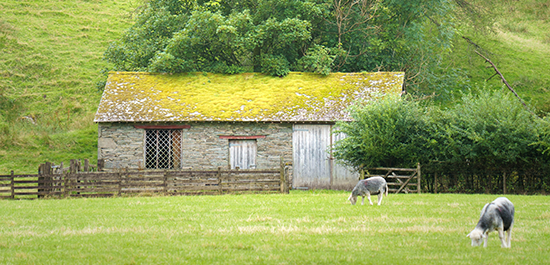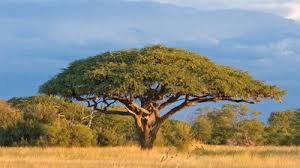Posted: Thursday, 27 March 2025 @ 11:30

Hi from me, Martin at Terry Harrison Art, I hope this newsletter finds you well.
This week I thought I would explore what exactly goes into Watercolour paints and what the core differences are between the budget and premium paints that are out there.
Firstly though a quick reminder that we have a whole new range of online courses available that have been created by Fiona to tempt you - they can be found here under the online courses part of the website.
These are currently on an introductory offer so there are some bargains to be had.
If you search for watercolour paints you will find a wealth of different type and forms of watercolour, from solid pans, tubes and liquids to pencils and sticks.
They are all made up of the same 4 key ingredients; Pigments, Binders, Water and Additives
Pigments
These are the core components that provide the colour in your paints.
As you may expect there is a huge range in the quality and vibrancy of these pigments.
Pigments used in watercolour paints come from various sources, including minerals, plants, and synthetic compounds.
Some of the most common sources include:
- Earth Pigments – Natural minerals like ochres, siennas, and umbers provide warm, earthy tones - for example these are the base of our Autumn Gold paint.
- Metal Oxides – Pigments such as cobalt blue, cadmium red, and titanium white are derived from metal compounds. This is what makes our Cadmium Red and Transforming Blue so vibrant.
- Organic Pigments – Carbon-based pigments, such as alizarin crimson and phthalocyanine blue, offer vibrant and intense hues.
- Synthetic Pigments – Modern advancements have created stable, high-performing colours which provide bright, transparent tones.
Binder
This is what essentially binds everything together, hence the name. This is usually always Gum Arabic.
Also known as acacia gum, Gum Arabic is a natural gum derived from the sap of certain acacia trees, primarily Acacia senegal and Acacia seyal.

Acacia Senegal in Senegal, Africa
Its used as a stabiliser in many products, not least of all our watercolour paints.
As with the pigments, the quality of the gum used makes a huge difference to the consistancy and feel of the paint.
We use high quality Kordofan Gum Arabic in all of our paints.
Water
It may seem counter intuitive but water is another key ingredient in watercolour paints as it is used as a solvent in which to suspend all the other ingredients.
The amount of water directly relates to the type of watercolour you are using. Pans will have a lot less in than tubes.
As with all the ingredients, its important to use quality and pure water to reduce imperfections.
Additives
These are what really separates the budget from the quality.
Our paints use honey as a natural additive. As I researched this I realised I could do a whole series of newsletters on honey alone as it been so influential and important across the ages, but I had best keep that one to myself!
Honey is used in our paints as not only a preservative but as an additive giving incomparable brilliance and smoothness to the paint along with increased longevity.
Budget watercolour paints use fillers as additives. These are designed to essentially dilute the pigments being used so that the proportion of actual pigment is reduced.
You will find this presents as paints that offer duller colours, that cannot be controlled as well, with a more grainy texture that will fade much quicker over time.
The Terry Harrison Art range of Paints contain high quality pigments, the best Gum Arabic, natural honey and minimal fillers, so you are assured of vibrant pigments that are a joy to paint with!
Thats it from me this week - as ever please do get in touch if there is something specific you would like me to cover in one of these newsletters.
Happy Painting
Martin